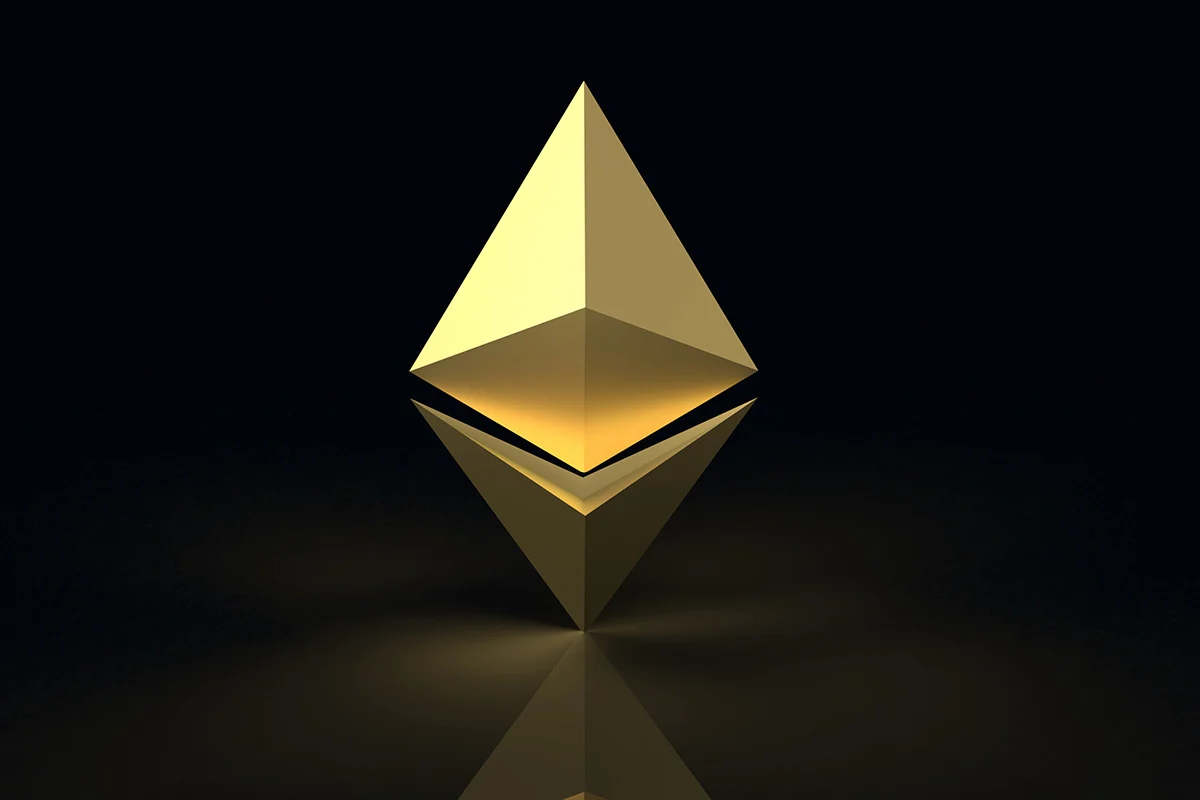OpenAI’s latest AI video app, Sora 2, has rapidly gained popularity after recently raising $6.6 billion through a share sale, solidifying the tech giant’s position as the most valuable private company globally.
This success was achieved after the app secured the third position on Apple’s App Store, despite users requiring an invitation code to access it. Additionally, it has led to the rise of deepfake videos, including a well-known clip of CEO Sam Altman allegedly stealing GPUs.
Meanwhile, this launch has sparked an ongoing discussion regarding finding the right balance between safety and expressing creativity within the tech company.
Following this, an insider familiar with OpenAI’s strategy, who wished to remain anonymous due to the confidential nature of the situation, pointed out that the firm’s leadership believes imposing stringent rules is essential, but also fears that these rules could restrict creativity or come across as too controlling. To date, this issue has not yet been addressed.
OpenAI adopts speed to maintain its competitive edge
This strategy became particularly evident after DeepSeek from China introduced a strong model late last year that was cheaper and quicker to develop than anything coming out of Silicon Valley.
Respondingly, OpenAI swiftly launched two new models within weeks, which several analysts viewed as an approach to maintain its competitive edge. Notably, its escalating institutional strength is a significant booster to the tech giant’s strategy.
Initially, it began as a small research lab in San Francisco’s Mission District. It has become a more organized company, enabling it to form cross-functional teams quickly and accelerate the development and release process for products like Sora.
Concerning Sora, OpenAI highlighted that the product features several layers of protection designed to prevent the creation of unsafe content. The company added that it uses prompt filtering and output moderation for video frames and audio transcripts.
The tech giant also pointed out that the app prohibits explicit content, terrorist propaganda, and content that promotes self-harm. Moreover, Sora utilizes watermarks and does not permit impersonation of likenesses. However, some users have already discovered ways to bypass these safe measures.
OpenAI’s content faces criticism over safety concerns
Regarding OpenAI’s video app, reliable sources have noted that several famous videos feature Altman after he granted permission for his likeness to be used on the platform. In contrast, others feature popular cartoon characters such as Pikachu and SpongeBob SquarePants in sexually explicit situations.
This content has provoked criticism that OpenAI is rushing ahead without adequate protections. Additionally, their use of copyrighted material, unless rights holders choose to exclude themselves, is consistent with the company’s current policy, although it continues to face legal challenges.
Altman has brushed off such concerns; in a post to X, he stated that Sora aims to demonstrate the technology’s capabilities and generate commercial interest for OpenAI’s broader goals related to artificial general intelligence (AGI).
The launch comes at a time of intensifying competition. Last week, Meta launched Vibes, a new short-form AI video feed in its Meta AI app. Google is also developing Veo 3, and ByteDance and Alibaba have introduced competing systems.
Meanwhile, OpenAI has just announced another $850 billion in investment to double down on infrastructure and invest in the next generation of models. Experts say the transition to video is about attracting more users with another engaging consumer app.
Claim your free seat in an exclusive crypto trading community – limited to 1,000 members.
Source: https://www.cryptopolitan.com/openais-sora-app-sparks-deepfake-concerns/


